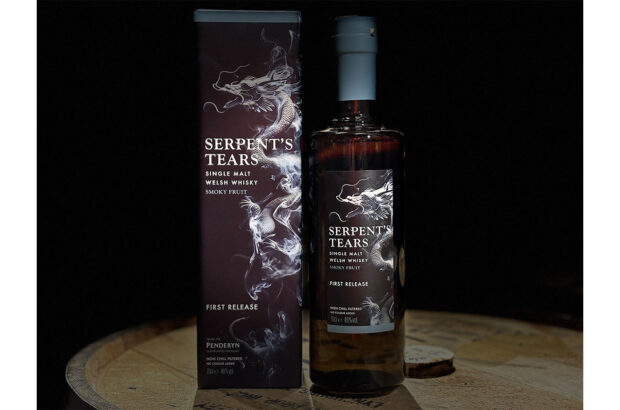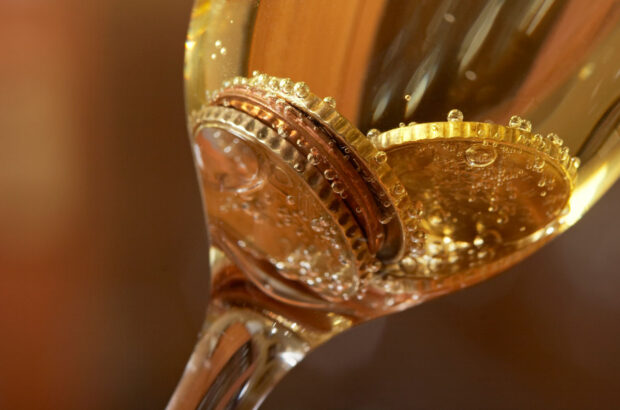There are eight appellations in France where Crémant sparkling wines can be produced, including well-known names such as the Loire, Burgundy and Alsace, but did you know that Crémant can also be made in the Rhône and the Jura?
The grape varieties used in the production of Crémant across France vary, and depend largely on each region’s production rules. But what remains the same across all eight Crémant appellations is the production method – the way in which the wine achieves its sparkle.
Crémants are made using the traditional method – the same method used for Champagne, where the second fermentation takes place in the bottle.
Which grape varieties are used in Crémant wines?
Grape varieties depend on locality and will draw on the varieties used to make the still wines of each region.
Chenin Blanc dominates Crémant de Loire, while Pinot Noir and Chardonnay form the backbone of Burgundy Crémant.
Crémant d’Alsace will use mostly Pinot Blanc, whereas in Bordeaux, red varieties tend to be used – Merlot, Cabernet Franc and Cabernet Sauvignon, alongside the region’s whites such as Sauvignon Blanc and Semillon.
The Clairette grape variety holds the fort in Crémant de Die wines, often alongside Muscat Blanc à Petits Grains and Aligoté.
While Chardonnay is used for Crémants from the Jura, Limoux and Savoie, it is often blended with corresponding local varieties: Pinot Noir, Poulsard and Savagnin for Jura; Chenin Blanc, Mauzac and Pinot Noir for Limoux; and Jacquère, Altesse and Chasselas for Savoie.
The use of these local varieties in blends lends a unique flavour profile to each Crémant.
See a complete style guide to French Crémant, plus 120 wines tasted
Crémant has been making waves with retailers for the past few years and is now commonplace in both independents and supermarkets. This partly reflects the wines’ ability to offer value-for-money, but also extends and adds interest to a retailer’s range beyond Champagne, Prosecco and Cava.
Which French regions produce Crémant?
In order to label a sparkling wine as Crémant, each region must seek approval from France’s national appellation body, the INAO; an often joyless, bureaucratic procedure that can take years to reach fruition.
The following are the eight Crémant appellations in France, of which Crémant de Savoie is the most recent, approved by the INAO in 2014:
- Crémant de Bordeaux
- Crémant de Bourgogne
- Crémant d’Alsace
- Crémant de Loire
- Crémant de Die (Rhône)
- Crémant de Jura
- Crémant de Limoux (Languedoc-Roussillon)
- Crémant de Savoie
Can you age Crémant?
As so often in wine, there isn’t a hard and fast rule about this. That said, you can generally expect a good quality Champagne to out-live a good quality Crémant.
‘Crémants generally have a higher pH and phenolic content than Champagne, with low levels of both being crucial for longevity in sparkling wine,’ said Rob MacCulloch MW, in this response to a query on ageing Crémant.
Which food pairs well with Crémant?
Most Crémant sparkling wines will have fairly high acidity so will stand up well to rich, oily or fatty dishes.
Sommelier Bert Blaize suggests pairing salmon en croûte with Crémant de Bourgogne. In his book Which Wine When, published in 2020, Blaize says ‘salmon en croûte is an indulgent way to serve what is already one of the richest fish there is, surrounding it in a layer of buttery pastry that would overwhelm more delicate flavours’.
Crémant de Bourgogne has ‘refreshing green apple and citrus flavours that will lift and showcase the fish’, says Blaize, while the ‘rich, buttery fullness’ found in the wine will work wonders with the pastry.
10 French Crémant sparkling wines to try:
Wines updated 15th December, 2021. Recommendations by Decanter’s editorial team.








